
It is arguably the moment that has stolen the whole platinum jubilee – and we’re not talking about Boris Johnson getting booed outside St Paul’s Cathedral.
When little Prince Louis was pictured putting his hands over his ears to protect them from the roar of Thursday’s RAF fly past, it instantly became one of the great royal balcony images. Whether you like it or not, you’ll almost certainly be seeing it for years and decades to come.
But this is only the latest in a long line of moments captured on the famed Buckingham Palace platform that have gone onto to embed themselves in the national conscience – and, in so doing, helped maintain the royal family’s continuing appeal.
From war victory celebrations to wedding kisses, the balcony has become one of the royal’s most effective bits of kit in both engaging Britons and entwining itself within the fabric of the nation. It may be no exaggeration to say this bit of architecture is one of the reasons the royal family continues to enjoy its ongoing popularity – and therefore, its ongoing existence.
“This is the monarchy at their most visible,” says Professor Pauline MacLaren from the University of London’s Centre for the Study of Modern Monarchy. “But it is also them at their most strategic. Time and again down the years, they have used appearances there – with considerable shrewdness, it has to be said – to emphasise and maintain their place at the heart of the nation.”
To suggest the UK might be closer to being a republic without the balcony may stretch a point. Yet perhaps six key moments show just how crucial the platform has become to continuing the royal story, while this year’s appearance may indicate the future of the monarchy.
1851: Queen Victoria starts a new tradition
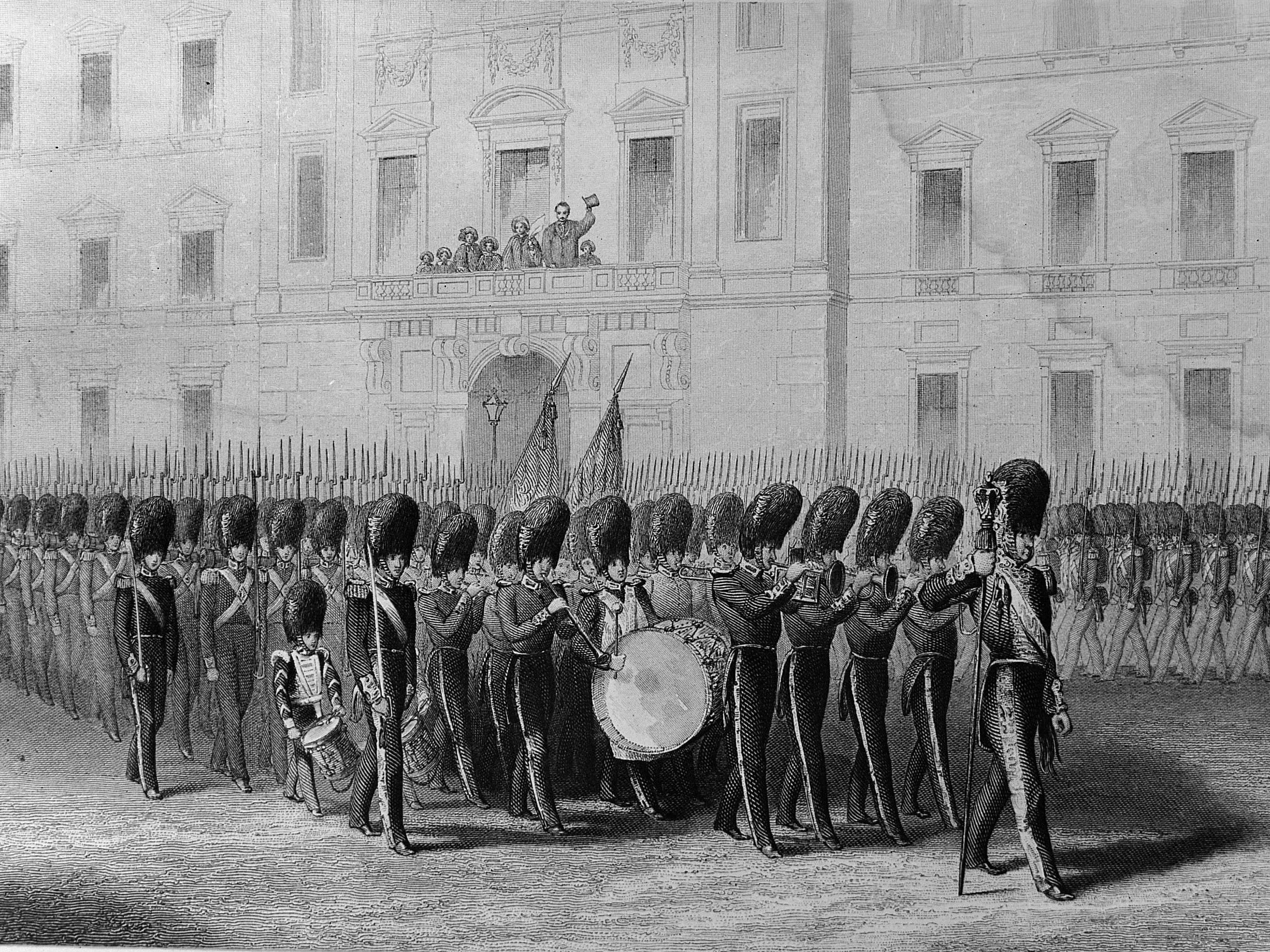
When Queen Victoria had a new wing built at Buckingham Palace in the late 1840s – the place wasn’t big enough apparently – it was Prince Albert who suggested including a balcony.
In an age where royals across Europe were still haunted by the French Revolution, it was felt that such a stage would directly connect the monarchy with the public while keeping it elevated (but of course).
It was in this spirit that, in 1851, newspapers announced Victoria would be appearing there for the first time during the Great Exhibition.
“It is much underplayed today but this was a crucial royal moment,” says Professor Judith Rowbotham, a constitutional expert in the University of Plymouth’s law faculty. “A British monarch had never done anything like this before and no one knew exactly what to expect. When she was greeted by great cheers, it was an emphatic moment.”
A tradition was born.
1914: George V addresses crowds following outbreak of war
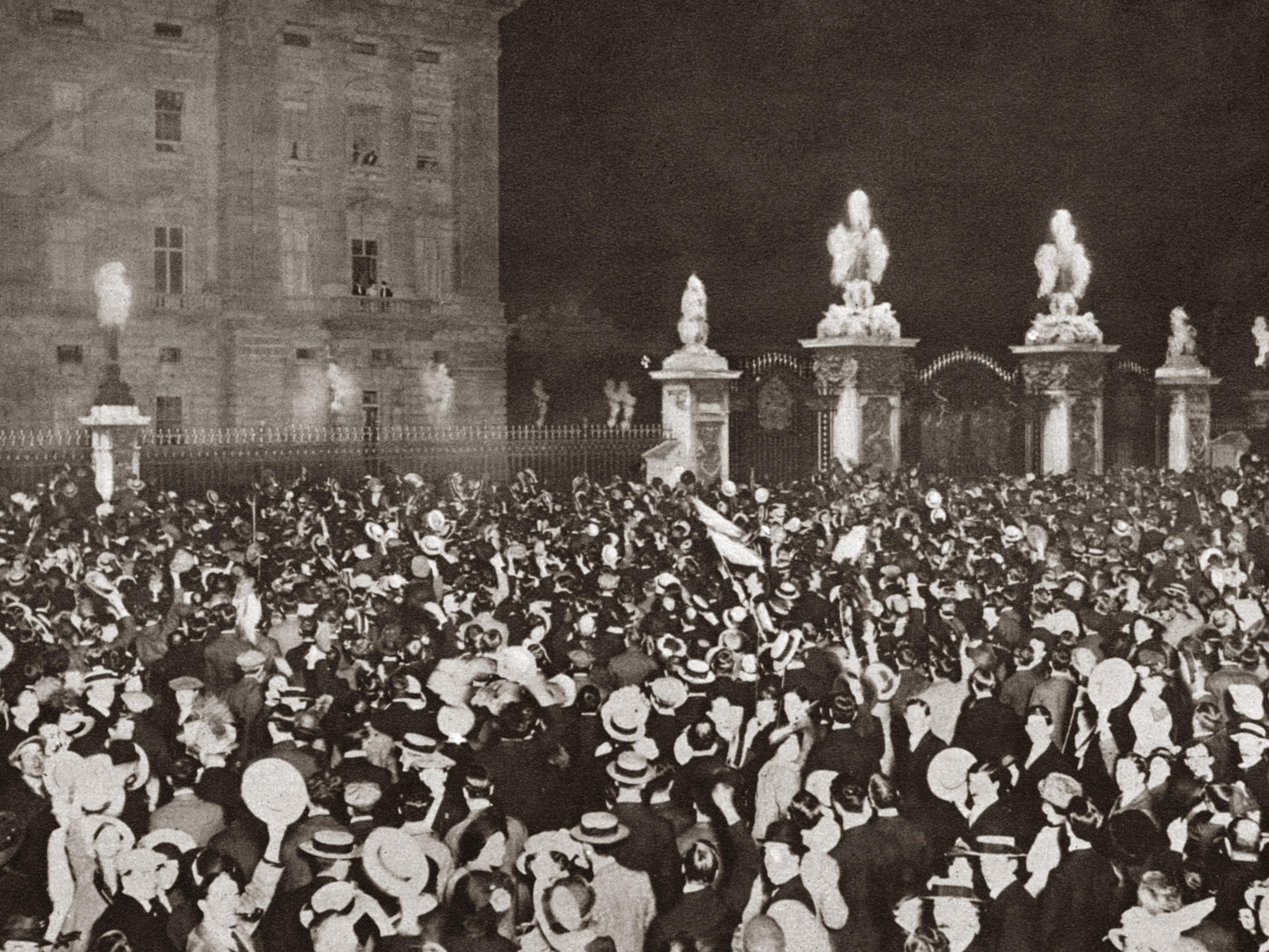
When Britain declared war on Germany at 11pm on 4 August 1914, crowds quickly gathered outside Buckingham Palace despite the late hour. Whether the impromptu congress was caused by apprehension about a suddenly uncertain future or a patriotic fervour among young men remains a debated point among historians.
Yet, either way, three times this crowd called for George V to come out to address them from the balcony.
“It was a never to be forgotten sight when [Queen] May and I with David [their son, later King Edward VIII] went on to the balcony,” he wrote in his diary. “The cheering was terrific [but] please God it may be soon over.”
The appearance was the first of what is generally considered a “good war” for the king. He visited troops 450 times and, famously, changed the family name from Saxe-Coburg-Gotha to the more anglicised Windsor. When HG Wells later called him “uninspiring and alien”, he took some offence. “I'll be damned if I’m an alien,” he replied.
1945: Winston Churchill celebrates Second World War victory
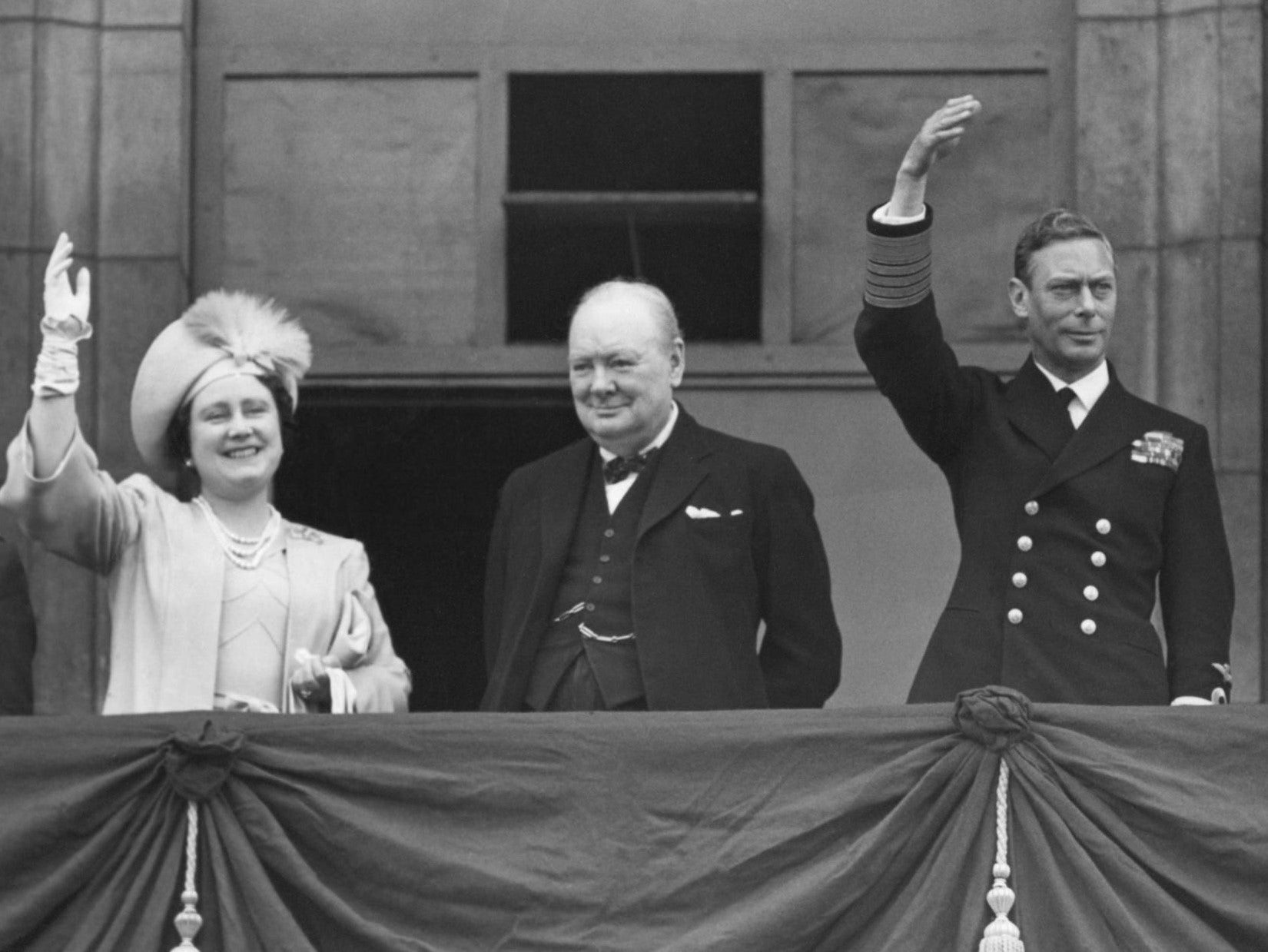
Only two prime ministers have ever made it on to the balcony: Neville Chamberlain to celebrate negotiating the Munich Agreement in 1938 (somewhat premature, it turned out) and Winston Churchill following the end of the Second World War on 8 May 1945.
With cigar in mouth and having apparently partaken a drink, the PM had already addressed Londoners from the Ministry of Health balcony earlier that day. “In all our long history,” he told the crowd, “we have never seen a greater day than this.”
Although he did not make a speech after being invited onto the royal box, his appearance would become one of the defining images of that day. George VI – who had remained living at the palace despite it being bombed nine times – was right alongside him to revel in (and become explicitly associated with) the victory.
1953: Elizabeth II’s coronation
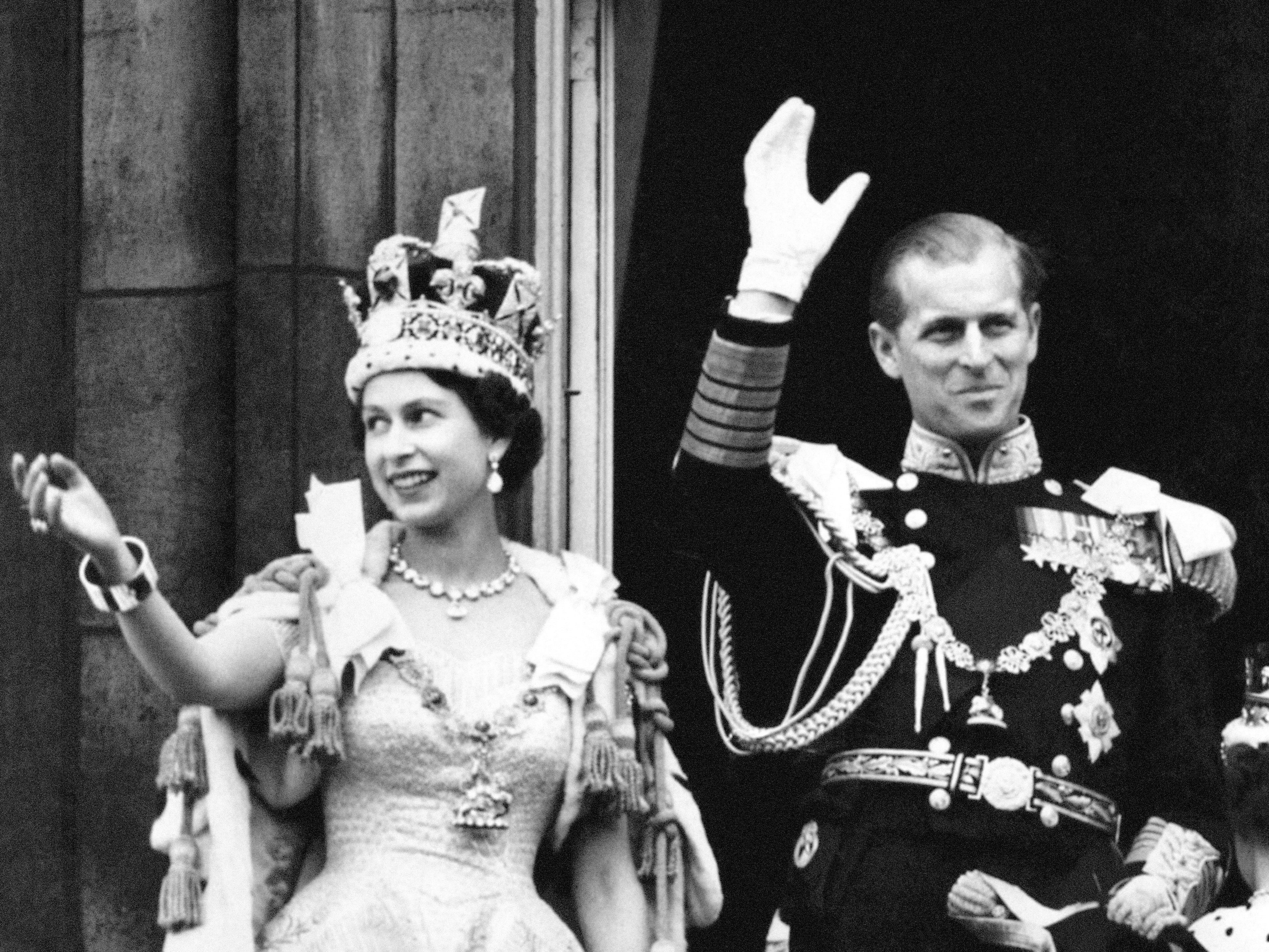
When the Queen ascended to the throne in 1952, it was widely portrayed as the start of a new dawn for Great Britain. In a country still scarred by the horrors of the Second World War – where bomb craters still scarred the streets and rationing remained in place – this 25-year-old monarch suggested brighter days ahead: the second Elizabethan Age.
Her official coronation 16 months later on 2 June 1953, was held in just this spirit. Her appearance on the balcony that day came to symbolise a future filled with hope – and one in which this ancient institution would, of course, play its part.
“All of a sudden here was this new Queen, not much older than us, in these colourful streets, and it seemed like a new beginning,” 84-year-old Anne Ashton told The Independent while remembering the day. “And it was ours because we were young.”
1981: Prince Charles and Princess Diana kiss
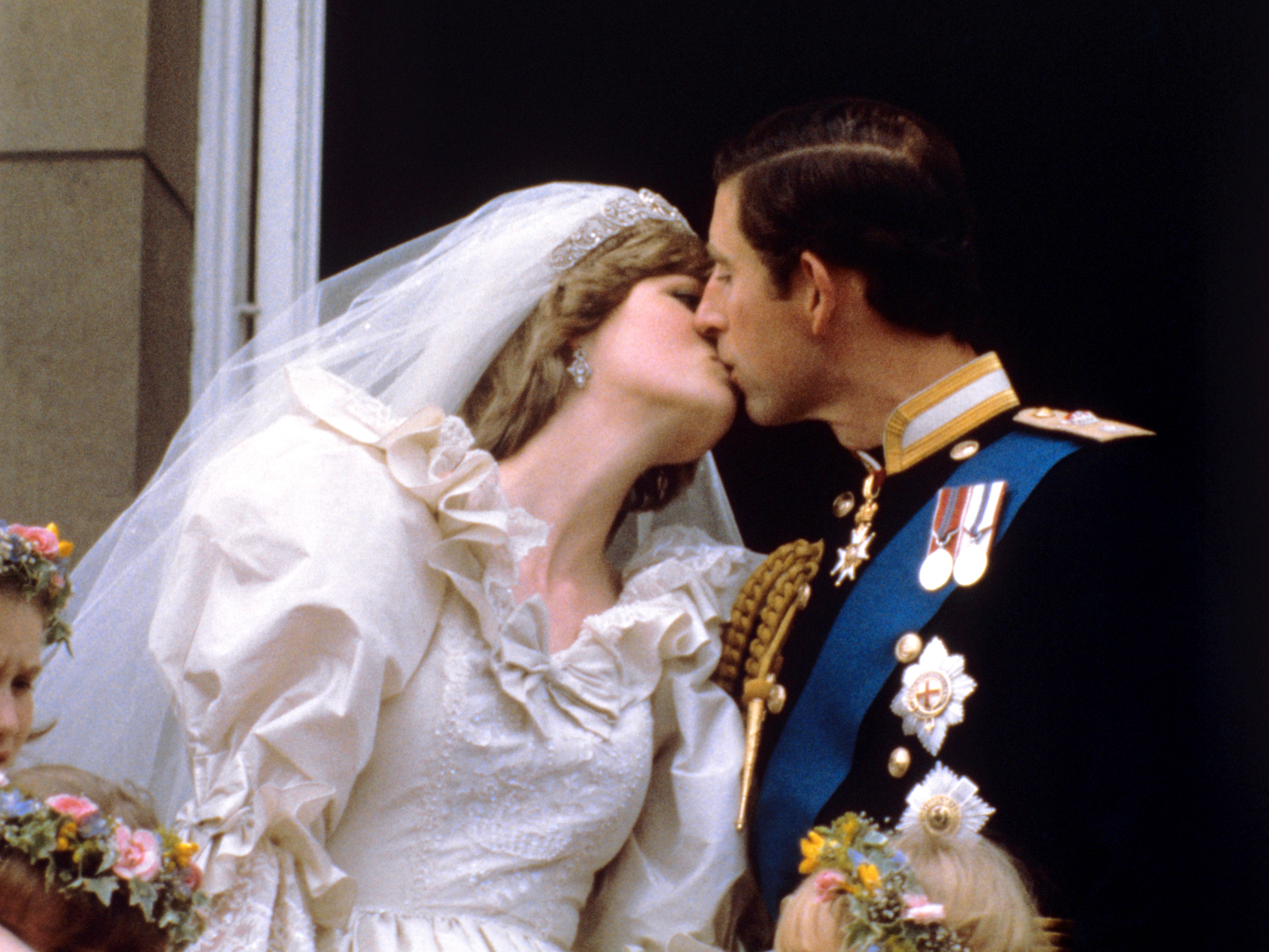
The royal family’s great gift for remaining popular – and, therefore, remaining in existence – has perhaps always been in its ability to keep with the times. Or, at least, not fall too far behind them.
Thus, on 29 July 1981, Prince Charles broke with more than 100 years of royal protocol to kiss his new wife Princess Diana on the Buckingham Palace balcony.
The moment was, according to royal biographer Andrew Morton, entirely spontaneous. “As bride and groom waved happily to the hundreds of thousands thronging outside the palace, Andrew urged Charles: ‘Give her a kiss,’” Morton later wrote. “Big brother obliged.”
Yet if the public display of affection was entirely off-the-cuff, it arguably couldn’t have been better scripted. The symbolism – intended or otherwise – was both clear and highly successful: this was a new and less stuffy generation of royalty for a new and less stuffy age. Thirty years later in 2011, Prince William and new wife Kate would follow the exact same playbook by kissing twice there on their wedding day.
2012: The Queen’s slimmed down Diamond Jubilee

Ten years on, the Queen reaching her diamond jubilee looks almost small beer – yet only one royal had done this before here: Queen Victoria.
Sixty years on the throne was celebrated that June weekend in 2012 with a royal pageant, concert and thousands of street parties.
Yet the balcony moment arguably showed the Queen at her most astute when it came to reading the public mood. In the midst of austerity, she axed all non-essential family members from appearing that day – just six of them appeared – in an apparent message to the country that “the firm” too was being slimmed down.
“She got the mood just right,” says Professor MacLaren again. “Strategically, it was a very dangerous moment. The country was two years into a period of considerable hardship and the Queen realised that if she had dozens of hangers-on, it could have gone very awry and raised a lot of questions about who was footing the bill. The fact she got it right is a testament to her shrewdness – and exactly why the family continues to thrive.”
2022: William sidelined?

All of which leaves the question of what we might discern from the 2022 balcony lineup – save that Louis found the planes a touch hard on his ears.
What monarchy watchers found especially interesting, it seems, is the position of Prince William several feet away from his grandmother.
That is to say, while Prince Charles was right by the Queen’s side, the Duke of Cambridge was placed further away with his wife, the Duchess of Cambridge, and three children all stood between him and the boss.
“There has been some speculation down the years that the succession might jump Charles and go straight to William who has been seen as a more popular figure,” says Professor MacLaren. “I think this, along with the way Charles has stood in for the Queen at various engagements over the last few months, was perhaps an implicit show that there will be no jump.”
Kate’s prominent central position may, moreover, suggest that the Queen sees something of herself in the younger woman: a cool and collected presence capable of taking this ancient institution into the future.







